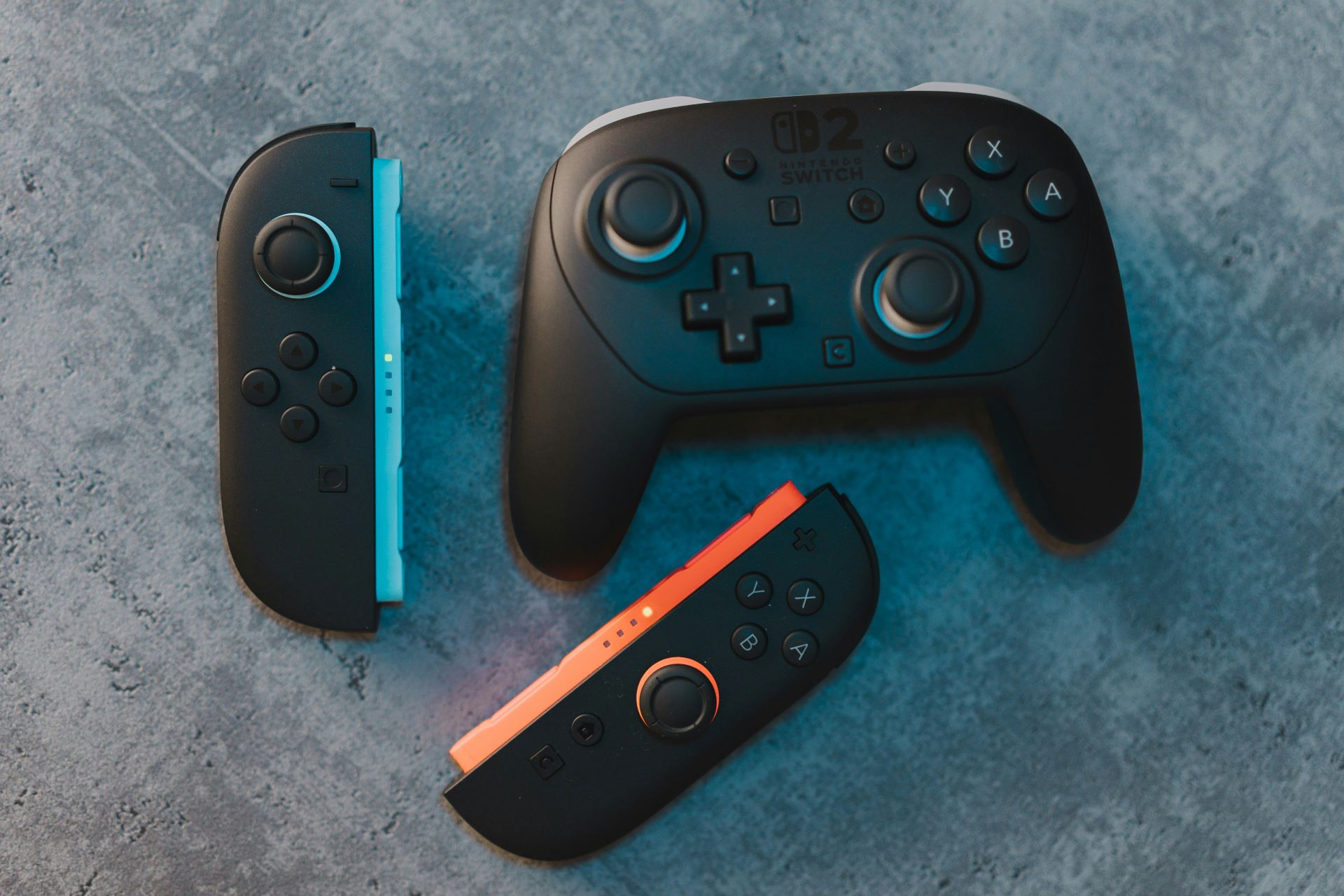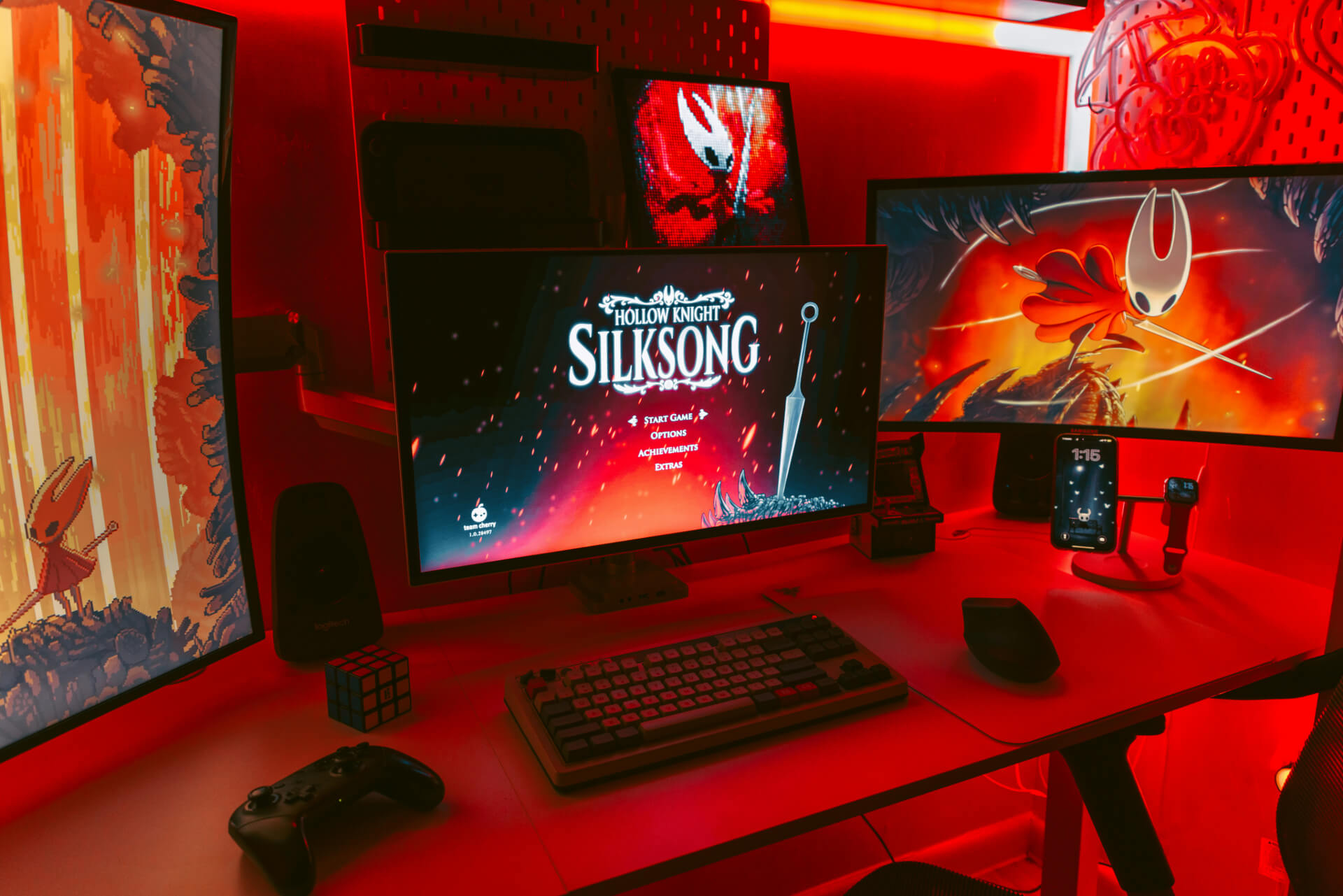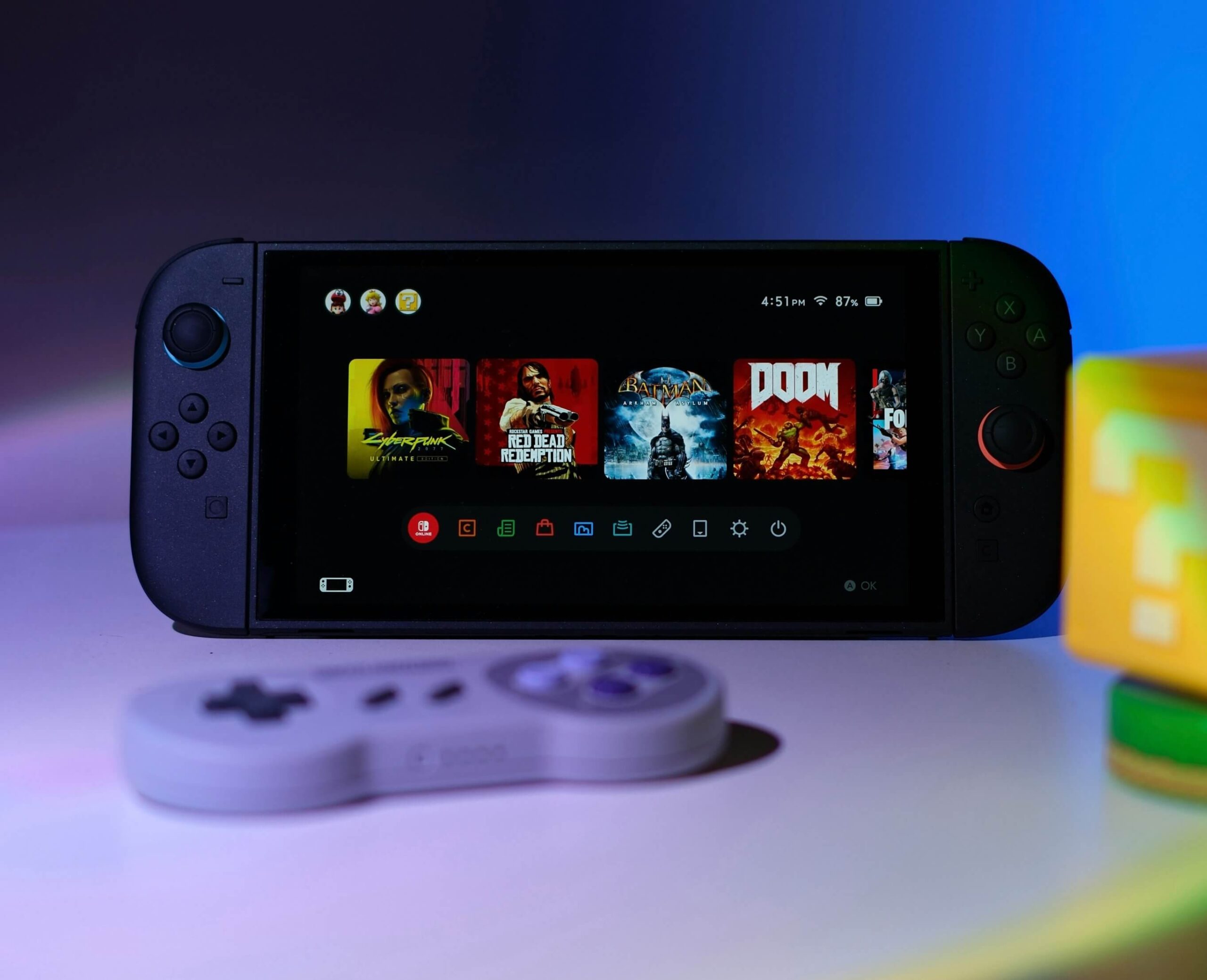You no longer need a desk and a bulky desktop to get into PC gaming. Hand-held devices have quickly taken the industry by storm, but with more options available than ever, it can also be tricky to choose one. For many people, the choice comes down to the Steam Deck vs. ROG Ally.
Valve’s Steam Deck was the first system to take hand-held PCs into the mainstream, but the Asus ROG Ally has emerged as a noteworthy competitor. So, which portable PC reigns supreme? Here’s a rundown of how they stack up against each other to help you find out.
Steam Deck vs. ROG Ally: Price
PC gaming can get expensive. Consequently, price is one of the biggest determining factors in choosing a hand-held computer. This used to be a close race between the two, but the Steam Deck has since emerged as a clear winner.
Valve’s hand-held comes in three pricing tiers, though these have changed recently. Now that it’s rolled out OLED versions, the prices look like this:
- $399 for 256GB of storage
- $549 for 512GB
- $649 for 1TB
The ROG Ally, on the other hand, offers two versions:
- $499 for 256GB
- $649 for 512GB
Before Valve released its OLED hand-helds and changed the pricing, there was just a $50 difference between it and similar options from Asus. With the new releases, though, that gap has grown to $100 for the same amount of storage.
Steam Deck vs. ROG Ally: Specs
You’ll also want to be sure your hand-held PC is capable of running games the way you want them to. As you might expect from the price difference, the more expensive ROG Ally boasts superior specs to the Steam Deck.
While both systems have 16GB of RAM and an M.2 solid-state drive (SSD), the ROG Ally has a beefier processor. Its screen is also brighter, reaching up to 500 nits instead of the Steam Deck’s 400. Likewise, it has a higher refresh rate of 120Hz, whereas the Steam Deck only gets up to 90.
Performance benchmarks show that these spec differences produce noticeable improvements in gameplay. While the Steam Deck struggles to achieve 50fps or higher on AAA games, the ROG Ally can get over 60 on several big titles.
Steam Deck vs. ROG Ally: User Interface
Your hand-held’s user interface (UI) is also worth considering. A well-designed UI makes it easy to navigate through menus so you can adjust settings or boot up your favorite games in less time. While the ROG Ally may have the upper hand in terms of performance, the Steam Deck takes the cake here.
The Steam Deck uses Valve’s proprietary, Linux-based operating system (OS), SteamOS. As a result, interacting with it feels just like using Steam on a desktop. There’s a reason why 12.5 million people have used Steam simultaneously, so this is a big leg up for Valve’s handheld.
The ROG Ally, on the other hand, runs on Windows 11. While that’s a perfectly fine OS for gaming, it’s not optimized for hand-held use. Consequently, the ROG Ally can be frustrating to use, as its OS was meant for a mouse and keyboard.
Steam Deck vs. ROG Ally: Design and Comfort
Similarly, you should consider each system’s hardware design and convenience when choosing between a Steam Deck vs. ROG Ally. This is largely a matter of preference, so it’s important to understand the pros and cons of both hand-helds.
Both systems have a 7-inch screen, but the Steam Deck is 60 grams heavier than the ROG Ally. That extra weight comes from larger grips and a thicker console. You may find that ideal if you like a firmer hold on your console, but those with smaller hands or who are on the go a lot more may prefer the lighter, smaller ROG Ally.
Button layout and quality is largely the same between the two. However, the ROG Ally has light-up joysticks, and the Steam Deck has trackpads. You’ll want those touch-sensitive components if you play a lot of mouse-centric games, but they’re unnecessary for less precise controls.
Steam Deck vs. ROG Ally: Battery Life
Given that the Steam Deck and ROG Ally are portable systems, battery life should also come into play. You don’t want your device dying on you mid-game, after all. Both leave a little something to be desired here, but the Steam Deck has a slight edge.
The Steam Deck and ROG Ally will each last around two hours when running a AAA game at normal settings. Likewise, they’ll fun for four to five hours when playing a less demanding indie title. However, the ROG Ally’s “Turbo” mode, which boosts performance, can cut those times in half, while the Steam Deck can still hold its charge even at peak settings.
Recharging looks roughly the same between the devices. They both use USB-C chargers and have similarly sized batteries, so there’s not a noticeable difference there.
Why Buy a Steam Deck?
All in all, the Steam Deck is the better hand-held PC for most users. While its specs are less impressive than the ROG Ally, its affordability, long battery life and ease of use make it more convenient.
The biggest reason to buy a Steam Deck over the ROG Ally is its cost-to-value ratio. In a world where 43% of all consumers say they intend to cut back spending on electronics, $100 less for the same amount of storage is a big deal. Even if the system doesn’t perform quite as well, it’s still plenty powerful for most casual users.
You should also go with the Steam Deck if convenience is a bigger concern to you. Its UI is easier to navigate, its controls allow for more gameplay variety and its battery lasts a bit longer.
Why Buy a ROG Ally?
Despite being more expensive and having some UI issues, the Asus ROG Ally is still a solid hand-held PC. You should buy one over the Steam Deck if sheer gaming performance is what matters most to you.
The ROG Ally is the clear leader in terms of technical specs. While it may cost more than the Steam Deck, it’s still a good deal, too. It’s difficult to find a sub-$1,000 gaming laptop these days, so $500 or $650 for a well-performing hand-held PC is hard to overlook.
Some players will appreciate the ROG Ally’s aesthetics and lighter weight, too. The slimmer profile and less mass can make it more comfortable when using for extended periods.
The Best Hand-Held PC Depends on What You Want From It
In most cases, the battle of Steam Deck vs. ROG Ally ends in a victory for Valve, but it may come down to personal preference. The only way to decide for sure which one is most worth the money is to recognize what each offers so you can find one that suits your needs.
Recent Stories
Follow Us On
Get the latest tech stories and news in seconds!
Sign up for our newsletter below to receive updates about technology trends




